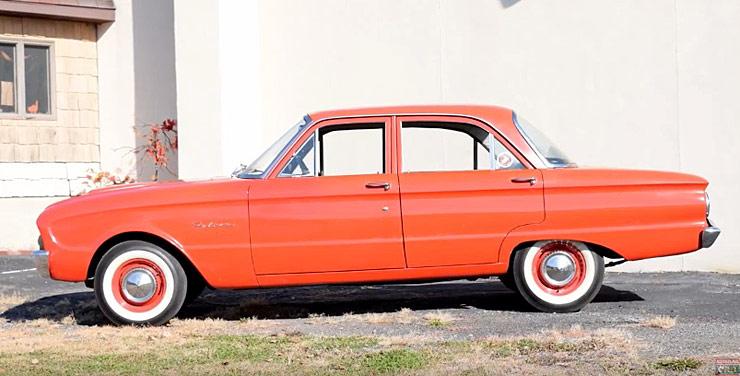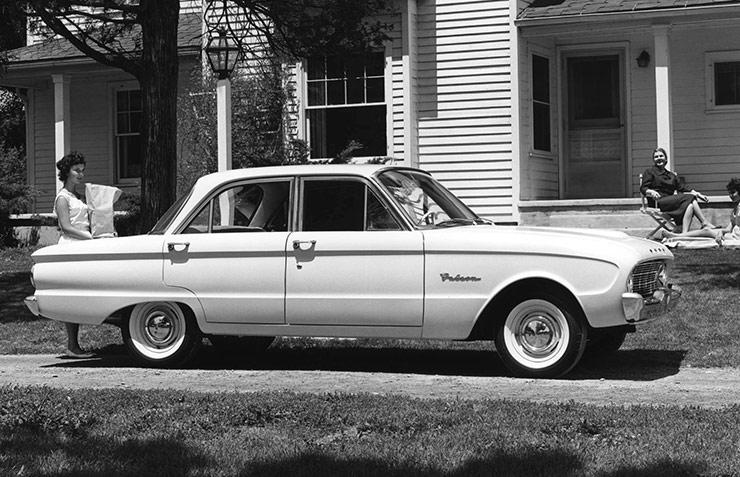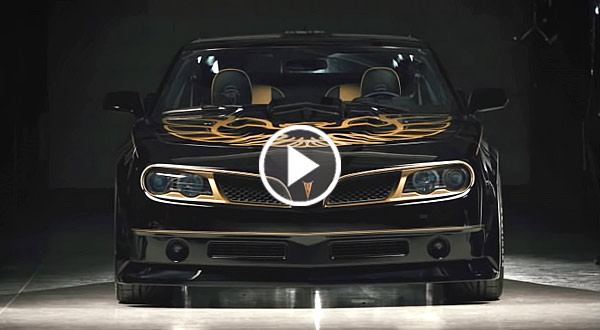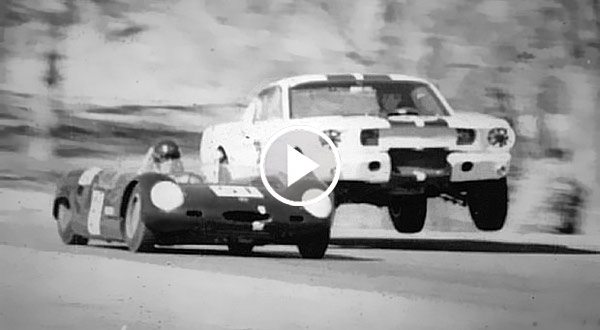The 1960 Ford Falcon is dog slow today. But it was perfect in 1960. Let Mr. Regular explain…
This is a 1960 Ford Falcon with the original 144ci (2.4L) straight six engine. For the younger crowd, this engine configuration sounds pretty good. What follows is a conversation I recently had about the1960 Ford Falcon that I just purchased:–
Youth: Oh, a 2.4L straight six. That must have a short stroke, right?
Mr. Regular: Yea, small pistons, they move up and down easy!
Y: Double overhead cam?
Mr. R: No.
Y: Single overhead cam?
Mr. R: No. The only thing that is overhead is the valves.
Y: That sucks. Well, it’s still a short stroke. It still can rev high, right?
Mr. R: Define high.
Y: 6,800 rpm?
Mr. R: No
Y: Does it at least have a five-speed manual?
Mr. R: No
Y: Ugh…4 speed auto?
Mr. R: No.
Y: three speed auto?
Mr. R: No.
Y: What the %&@$?
Mr. R: Ford-O-Matic two-speed automatic with no overdrive.
Y: How did people live with these things back in the day?
Let’s examine the world of 1960. It explains why cars like this are perfect for your grandparents, but not necessarily for you.
–
–
A 1960 Ford Falcon is so slow, it makes a 50cc Honda Metropolitan scooter feel like a CBR1000 sportbike. It’s so slow, 0-60 takes longer than loading a Homestar Runner cartoon on dialup. A Falcon moves slower than a clock in church. It moves slower than campaign finance reform. A Falcon runs slower than Half Life on your parents 300mhz 1995 Packard Bell desktop.
Yes, the Falcon is slow, but it is slow by today’s standards, not by 1960 standards. Most cars in 1960 were slow for a number of reasons:
First, the Interstate Highway System was still under construction.
Yes, the US Interstate Highway began in 1956, but it took most of the 1960s to complete. Hell, the final ribbon of I-5 wasn’t laid down until October 12, 1979.
What does that mean? That means most drivers traveled between cities on smaller state roads or on the old US Numbered Highways with moderate speed limits. These roads didn’t bypass cities, they stabbed straight through them, which means there were many traffic lights and stop signs. Cars were not expected to maintain sustained highway speeds hour after hour. The 1960 Falcon never came with an overdrive gear in automatic or manual. You were expected to amble up to 50 mph and stay right there.
Secondly, there were fewer cars on the road.
In 1960 the USA had 61.6 million registered automobiles. Compare that to 128.3 million cars by 1995, and 253.6 million cars by 2012. That means there was no need to have cars with snappy high compression engines for zipping into and jousting with traffic because daily traffic congestion just wasn’t a thing outside of major cities. For middle-Americans, everyone ambled up to 50 mph and stayed there.
Continue on the NEXT PAGE














Facebook Comments